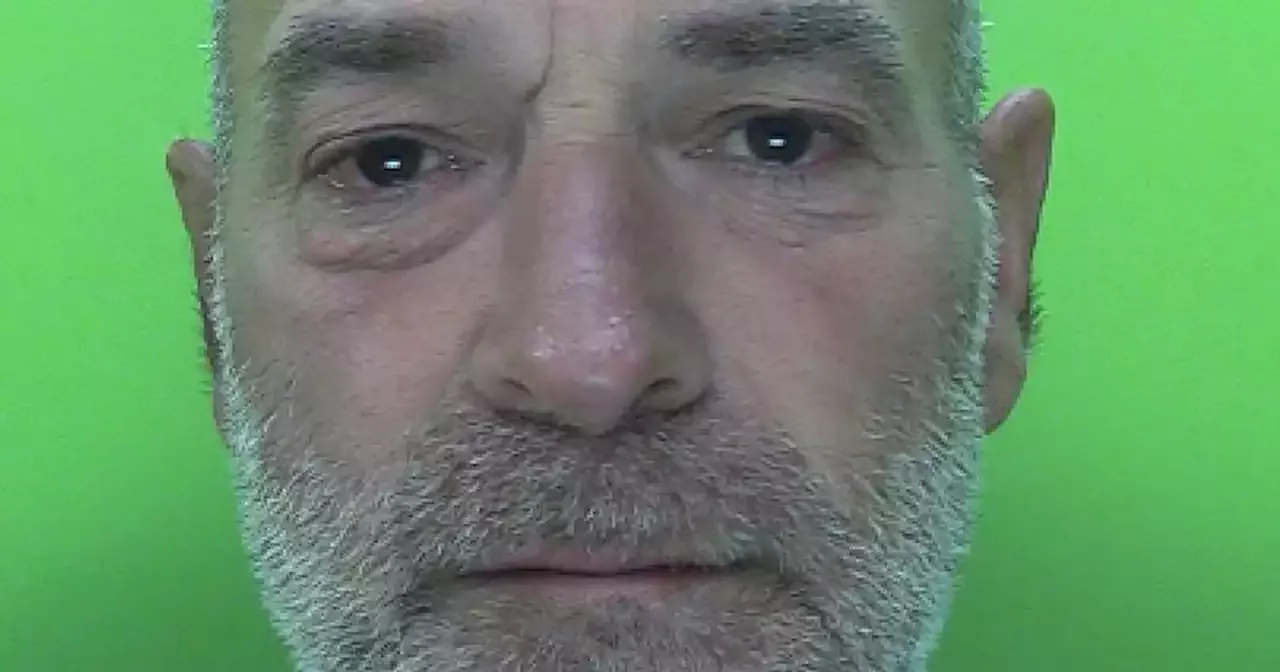Public nuisance offences are crimes that interfere with the public's use and enjoyment of public spaces and resources. These types of offences can take many forms, from littering and graffiti to obstruction of public roads and public drunkenness. In this essay, we will examine the various types of public nuisance offences, the potential consequences of committing such offences, and how these crimes can be prevented.
One common type of public nuisance offence is littering. Littering is the act of disposing of garbage or other waste in a public place, rather than in a designated garbage receptacle. Littering can have serious environmental and public health impacts, as it can attract pests and create unsanitary conditions. Littering can also detract from the appearance of a community, making it look untidy and undesirable. Depending on the jurisdiction, littering may be punishable by fines, community service, or even imprisonment.
Another common public nuisance offence is graffiti. Graffiti is the act of writing, drawing, or spray-painting on public or private property without permission. Graffiti can be seen as a form of vandalism, as it can damage property and detract from the appearance of a community. Graffiti can also be a form of illegal advertising or a way to spread messages that may be deemed offensive or inappropriate. Depending on the circumstances, graffiti may be punishable by fines, community service, or imprisonment.
Obstruction of public roads is another type of public nuisance offence. This can include blocking roads with vehicles or other objects, or engaging in activities that disrupt traffic flow or make it difficult for pedestrians to pass. Obstruction of public roads can be dangerous, as it can cause accidents or delays for emergency vehicles. Depending on the jurisdiction, obstruction of public roads may be punishable by fines, community service, or imprisonment.
Public drunkenness is another common public nuisance offence. Public drunkenness refers to being intoxicated in a public place and disrupting the peace or causing a disturbance. Public drunkenness can be dangerous, as it can lead to accidents or altercations. It can also be a burden on public resources, such as emergency services or hospitals. Depending on the jurisdiction, public drunkenness may be punishable by fines, community service, or imprisonment.
There are several ways to prevent public nuisance offences. One way is to educate the public about the impact of these crimes and the potential consequences of committing them. This can be done through public campaigns, school programs, and community outreach efforts. Another way to prevent public nuisance offences is to increase the presence of law enforcement or other authorities in areas where these crimes are known to occur. This can act as a deterrent and help to identify and prosecute offenders. Finally, providing more resources for the proper disposal of waste and for cleaning and maintaining public spaces can also help to prevent public nuisance offences.
In conclusion, public nuisance offences are crimes that interfere with the public's use and enjoyment of public spaces and resources. These offences can take many forms and can have serious consequences for both the individual committing the crime and the community at large. Prevention efforts, such as education and increased law enforcement presence, can help to reduce the occurrence of these crimes and create a safer and more enjoyable environment for all.






